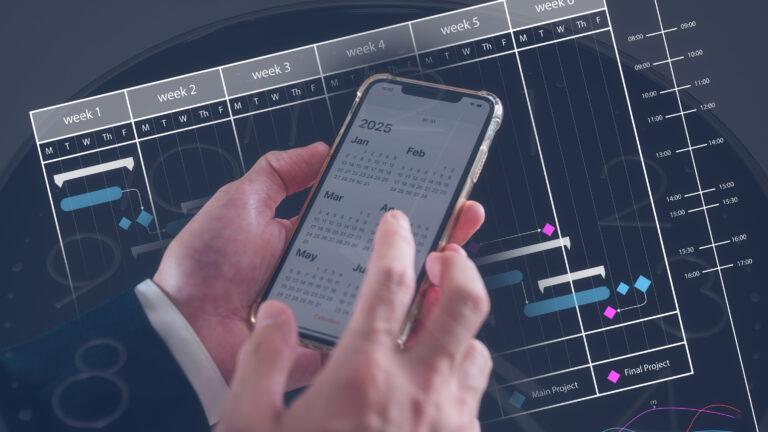Why Every Embroiderer Needs a Reliable PES File Converter
Discover why a quality PES file converter is essential for embroidery work. Learn how it solves compatibility issues, saves time, and improves stitch quality in our complete guide.

Introduction
You finally found the perfect embroidery design online, only to discover it's in DST format and your Brother machine only reads PES files. This frustrating scenario happens daily to embroiderers worldwide. That's why having a reliable PES file converter isn't just convenient—it's a necessity for anyone serious about embroidery.
A good converter does more than change file extensions—it preserves stitch quality, maintains design integrity, and opens up a world of creative possibilities. Whether you're a hobbyist making gifts or a business producing custom apparel, this tool will become your secret weapon.
Let's explore how the right PES converter can transform your embroidery workflow.
The PES File Compatibility Challenge
Why Format Matters
PES files are specifically designed for Brother embroidery machines and contain:
-
Precise needle movement instructions
-
Thread color sequences
-
Machine-specific settings
Other common formats like DST, EXP, or JEF won't work natively, causing:
-
Error messages on your machine
-
Misaligned designs
-
Missing color changes
The Cost of Incompatibility
Without conversion capability, you:
-
Waste money on unusable designs
-
Limit your design library options
-
Spend hours troubleshooting failed files
How a Quality PES Converter Solves These Problems
1. Universal Design Access
Convert designs from:
-
Other machine formats (DST, JEF, EXP)
-
Image files (PNG, JPG, SVG)
-
Vintage or discontinued formats
2. Preserved Design Quality
Good converters maintain:
-
Original stitch patterns
-
Proper density settings
-
Accurate color sequencing
3. Time-Saving Features
Look for converters that offer:
-
Batch processing
-
Automatic stitch optimization
-
Built-in editing tools
Top 5 Reasons You Need a Dedicated Converter
1. Expand Your Design Library
Access thousands of non-PES designs from:
-
Online marketplaces
-
Vintage pattern collections
-
Other embroidery communities
2. Fix Problem Files
Resolve common issues like:
-
Misaligned layers
-
Incorrect thread trims
-
Density problems
3. Customize Existing Designs
Easily:
-
Combine multiple designs
-
Add personal text
-
Resize without distortion
4. Work Across Multiple Machines
Create files for:
-
Home machines (Brother, Janome)
-
Industrial machines (Tajima, Barudan)
-
Multi-needle setups
5. Future-Proof Your Business
Handle any client request regardless of their machine type
Choosing the Right PES Converter
Software vs. Online Converters
Software Pros:
-
More powerful editing
-
Better stitch preservation
-
Work offline
Online Pros:
-
No installation
-
Access from any device
-
Good for quick conversions
Key Features to Look For
-
Format Support (minimum 5+ embroidery formats)
-
Editing Tools (resizing, stitch editing)
-
Stitch Optimization (auto-fix common issues)
-
Preview Function (see design before converting)
Step-by-Step Conversion Process
1. Import Your File
-
Drag and drop into the converter
-
Select original format if prompted
2. Adjust Settings (Optional)
-
Modify stitch density
-
Change color sequence
-
Add/remove elements
3. Convert & Export
-
Choose PES format
-
Select appropriate version (PES v1, v6, etc.)
-
Save to USB or computer
4. Test Stitch
Always run a sample on:
-
Scrap fabric
-
The actual material you'll use
Common Conversion Problems & Solutions
1. Design Distortion
Cause: Improper scaling during conversion
Fix: Use "lock aspect ratio" when resizing
2. Missing Colors
Cause: Thread palette not transferred
Fix: Manually reassign colors before converting
3. Stitch Gaps
Cause: Poor underlay conversion
Fix: Add manual underlay stitches
4. Machine Recognition Issues
Cause: Wrong PES version
Fix: Check your machine's compatible versions
Pro Tips for Flawless Conversions
-
Start with High-Quality Files
-
Vector formats convert best
-
Clean, simple designs work better
-
-
Learn Basic Editing
-
Adjust stitch directions
-
Modify pull compensation
-
-
Build a Preset Library
-
Save settings for common fabrics
-
Create templates for frequent designs
-
-
Keep Originals
-
Always archive source files
-
Never overwrite your only copy
-
When to Convert vs. Redigitize
Convert When:
-
The original design is high quality
-
You only need format compatibility
-
The stitch pattern works well
Redigitize When:
-
The design has stitch problems
-
You need significant size changes
-
Working with complex artwork
The Future of PES Conversion
Emerging Technologies
-
AI-Assisted Conversion
-
Automatic stitch optimization
-
Error detection
-
-
Cloud-Based Workflows
-
Convert from any device
-
Team collaboration features
-
-
Machine Learning
-
Improves with each conversion
-
Recognizes design patterns
-
Conclusion
A reliable PES file converter is as essential to an embroiderer as quality thread and sharp needles. It removes creative limitations, solves technical headaches, and ultimately saves both time and money.
Whether you choose standalone software like Embird or a web-based option like OnlineConvertFree, investing in proper conversion tools will:
-
Expand your design possibilities
-
Improve your final stitch quality
-
Make you more versatile as a creator
Don't let file formats limit your creativity—convert with confidence and stitch without boundaries.











































































